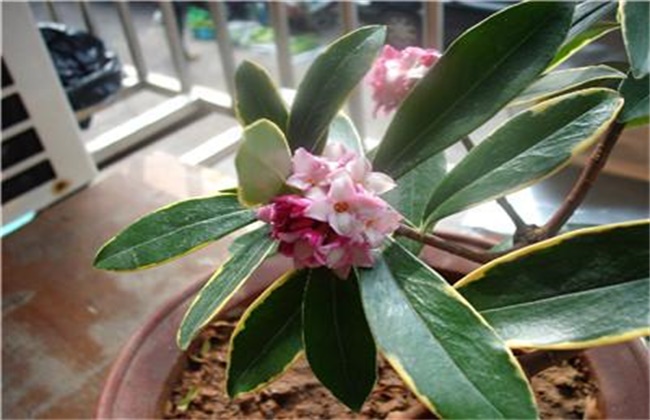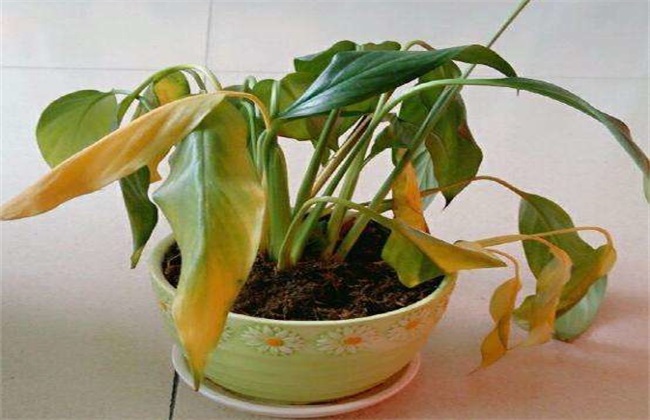Culture methods and matters needing attention of Daphne odorifera
Daphne odorifera is a famous flower in China, which is very popular because of its bright color, strong fragrance, long flowering period and high appreciation. Many people raise it in daily life, so let's take a look at the breeding methods and points for attention of Ruixiang flowers with Xiaobian.

I. Culture methods
1. Soil
Daphne likes fertile and loose soil, and is afraid of sticking heavy and barren soil, so when breeding, it should be slightly acidic sandy soil, such as humus-rich saprophytic soil, garden soil, peat soil, etc., generally mix it according to the proportion of 4:4:2.
2. Lighting
Ruixiang flowers like the weak light environment and are afraid of strong light, so they are usually not raised in full sunshine. In summer, they should pay attention to proper shading to avoid their sun exposure, and they can accept full sunshine before budding in spring. This can make the branches stout, flowers and colors bright, and the rest of the time can be maintained in a semi-shady environment with scattered light.
3. Watering
The leaves of Daphne odorifera have a lot of wax, less evaporation, and because they are not resistant to moisture, it is not suitable to water too much or too little at ordinary times. Generally grasp the principle of seeing dry and wet, pour water when sprouting in spring, and then dry through and then pour through, so cycle to summer.
4. Fertilization
Proper fertilization can make Daphne flower color thicker, but do not like big fertilizer and thick fertilizer, generally apply mature thin fertilizer liquid once a month, apply thin fertilizer and water before or after flowering, and suspend fertilization in winter and summer.
5. Change the basin
Generally every 2 years to change the basin, so as to avoid soil hardening, transplanting new buds in spring before sprouting, change the basin first to take off the basin, and then take out the outer soil of the root system, and then re-select fertile soil on the basin, pour water through the basin after changing the basin, put it in a cool place for half a month, and then you can maintain it normally.
6. Pruning
In the growing period to be properly pruned, mainly lean meat branches, dense branches, if infected with diseases and insect pests, also need to be pruned in time. In addition, after the flower fade, there is also the technology to prune the residual flowers and branches in order to reduce the consumption of nutrients, the root system is found to rot when changing pots, and the rotten roots should be trimmed in time.
II. Points for attention
The soil must be disinfected before use, can be soaked in formalin solution to dry, but also can be exposed to the sun for 1-2 days, which can also have excellent germicidal efficacy. In the process of fertilization, it is necessary to avoid liquid fertilizer touching leaves, and it is necessary to keep the soil dry before fertilization, otherwise it will lead to wet soil, fertilizer should choose mature fertilizer, it is not suitable to use thick fertilizer, otherwise it will burn roots.
The above is the introduction of the breeding methods and matters needing attention of Daphne odorifera. I hope it can help you. If you want to know more about it, please follow us.
Related
- Fuxing push coffee new agricultural production and marketing class: lack of small-scale processing plants
- Jujube rice field leisure farm deep ploughing Yilan for five years to create a space for organic food and play
- Nongyu Farm-A trial of organic papaya for brave women with advanced technology
- Four points for attention in the prevention and control of diseases and insect pests of edible fungi
- How to add nutrient solution to Edible Fungi
- Is there any good way to control edible fungus mites?
- Open Inoculation Technology of Edible Fungi
- Is there any clever way to use fertilizer for edible fungus in winter?
- What agents are used to kill the pathogens of edible fungi in the mushroom shed?
- Rapid drying of Edible Fungi



